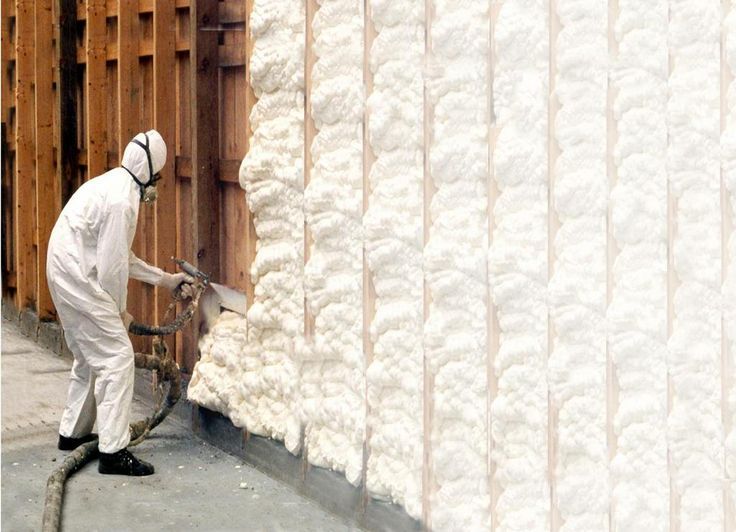Safety should always be a top priority when working with spray foam insulation in Houston. Understanding and implementing proper safety measures can help prevent accidents and ensure a successful insulation project to get spray foam insulation in Houston.
Preparing for Spray Foam Application
Before beginning the spray foam application process, it’s crucial to prepare the work area and ensure that proper personal protective equipment (PPE) is available:
Site Preparation
- Clearing the Work Area: Remove any debris, obstacles, or flammable materials from the work area to minimize the risk of accidents or fire hazards.
- Ventilation: Ensure adequate ventilation in the workspace to prevent the buildup of fumes and vapors from the spray foam chemicals.
Personal Protective Equipment (PPE)
- Respiratory Protection: Wear a respirator with appropriate filters to protect against inhalation of spray foam fumes and airborne particles.
- Protective Clothing: Wear long-sleeved shirts, pants, gloves, and goggles to protect skin and eyes from contact with spray foam chemicals.
During Spray Foam Application
While applying spray foam insulation, it’s essential to follow safety protocols to prevent accidents and ensure the proper functioning of equipment:
Equipment Safety
- Proper Handling of Spray Guns: Handle spray guns with care and follow manufacturer guidelines for operation to prevent malfunctions or accidents.
- Maintenance of Equipment: Regularly inspect and maintain spray foam equipment to ensure proper functioning and prevent leaks or breakdowns during application.
Application Techniques
- Proper Mixing of Components: Follow the manufacturer’s instructions for mixing spray foam components to ensure optimal chemical reactions and insulation performance.
- Consistent Application Thickness: Apply spray foam insulation evenly and at the recommended thickness to achieve uniform coverage and insulation effectiveness.
Post-Application Safety Measures
After completing the spray foam application, it’s essential to take precautions to ensure safety during the drying and cleanup process:
Ventilation and Drying
- Allowing Sufficient Time for Curing: Allow the spray foam insulation to cure fully before re-entering the area to minimize exposure to off-gassing chemicals.
- Proper Ventilation After Application: Maintain adequate ventilation in the workspace during and after the curing process to dissipate fumes and odors from the spray foam.
Cleanup and Disposal
- Safe Handling of Waste Materials: Dispose of unused spray foam components and waste materials according to local regulations and guidelines to prevent environmental contamination.
- Disposal Regulations: Familiarize yourself with local disposal regulations for spray foam insulation waste and follow proper disposal procedures to protect the environment.
Emergency Preparedness
In the event of accidents, injuries, or fire hazards during spray foam insulation application, it’s essential to be prepared to respond quickly and effectively:
Response to Accidents or Injuries
- First Aid Procedures: Have a first aid kit on hand and know how to administer basic first aid for injuries such as cuts, burns, or chemical exposure.
- Contacting Emergency Services: Know the location of emergency exits and contact information for emergency services in case of serious accidents or injuries.
Awareness of Fire Hazards
- Prevention Measures: Minimize fire hazards by avoiding smoking, open flames, or sparks near spray foam insulation materials and equipment.
- Fire Extinguisher Placement: Keep fire extinguishers readily accessible in the workspace and know how to use them to extinguish small fires quickly and safely.
By following these spray foam safety tips, homeowners and contractors can ensure a safe and successful spray foam insulation project in Houston. Prioritizing safety throughout the insulation process is essential for protecting both individuals and property from potential hazards and accidents.

